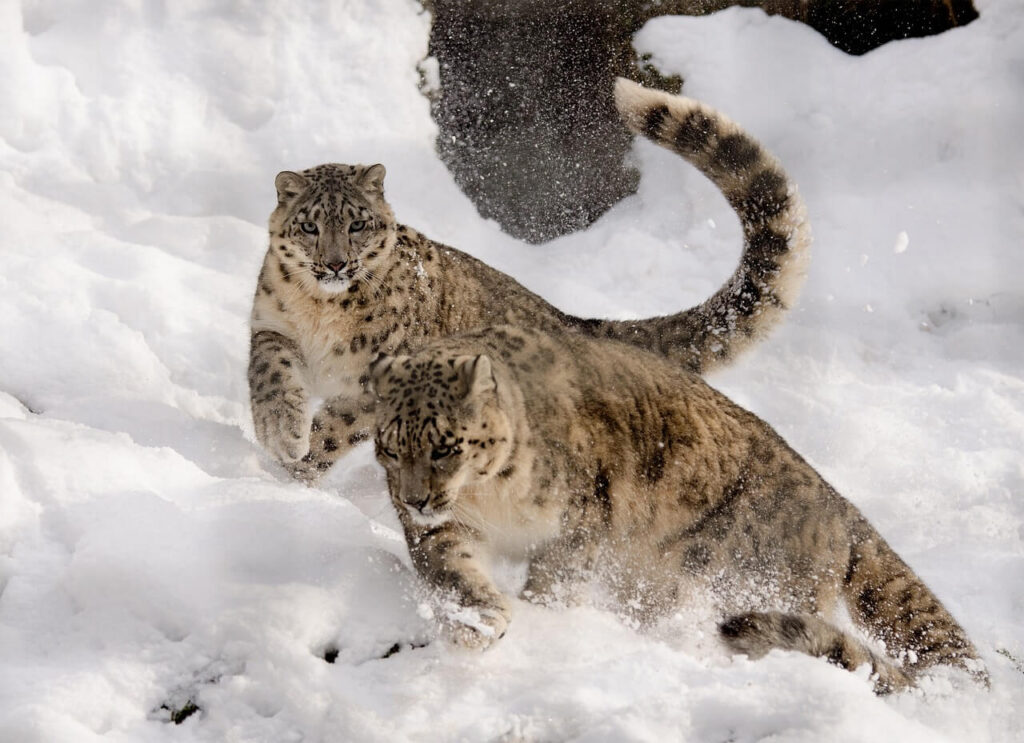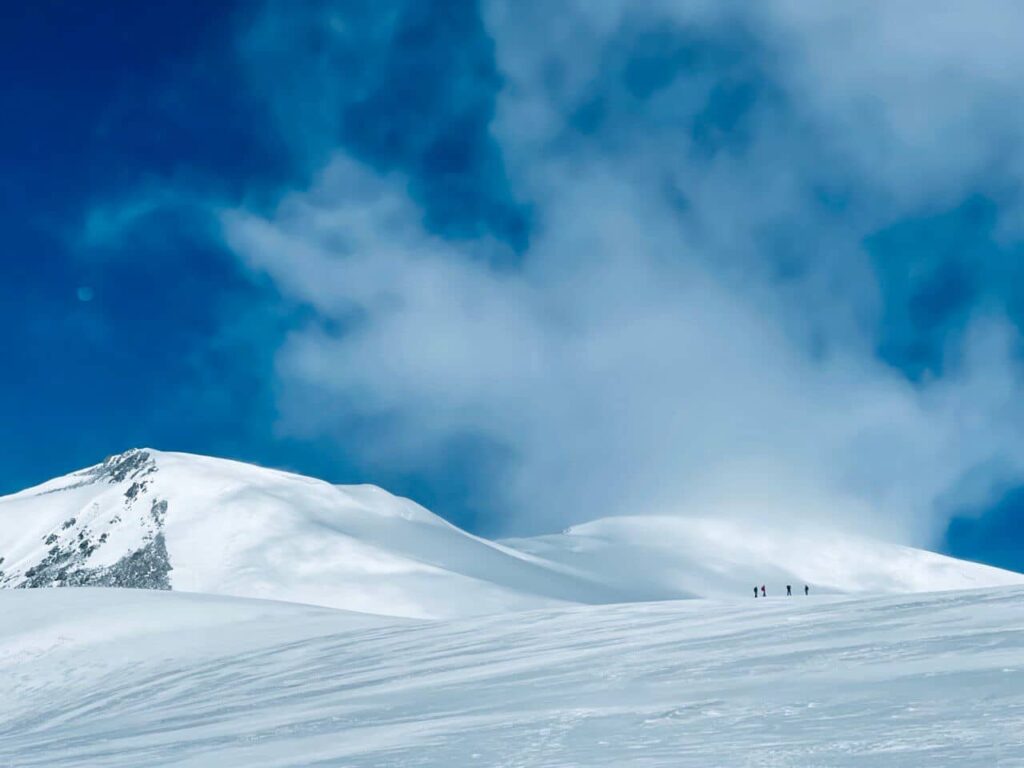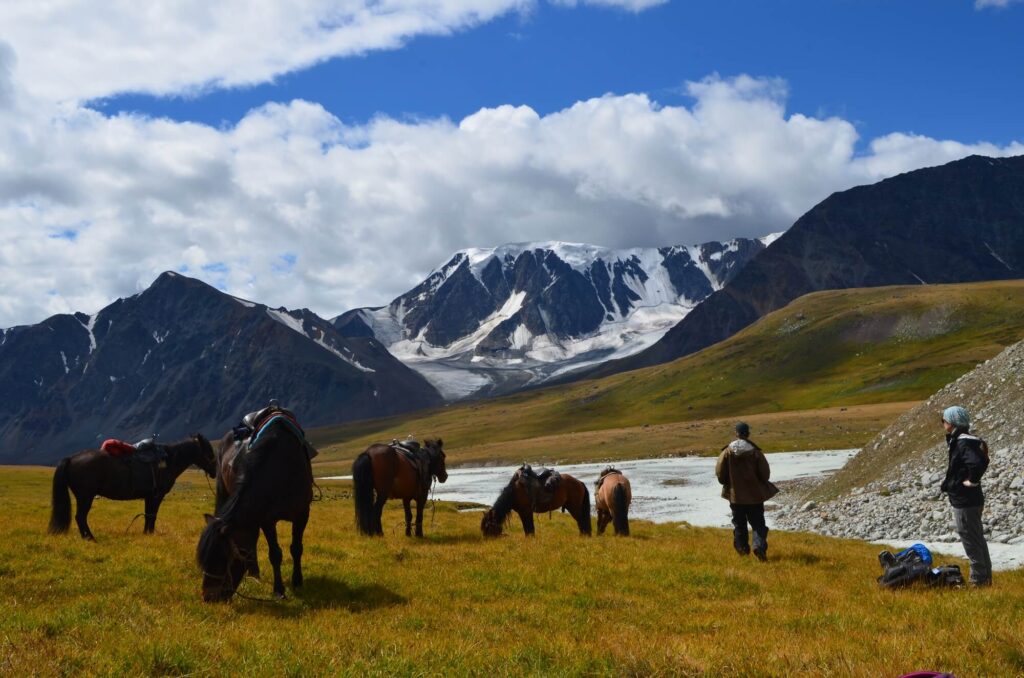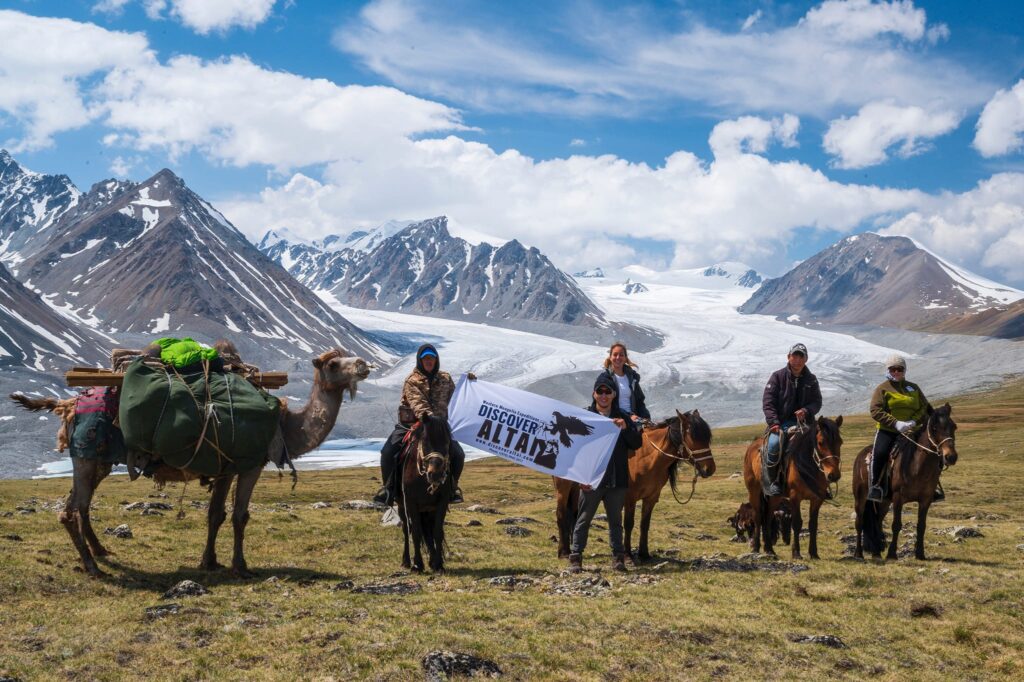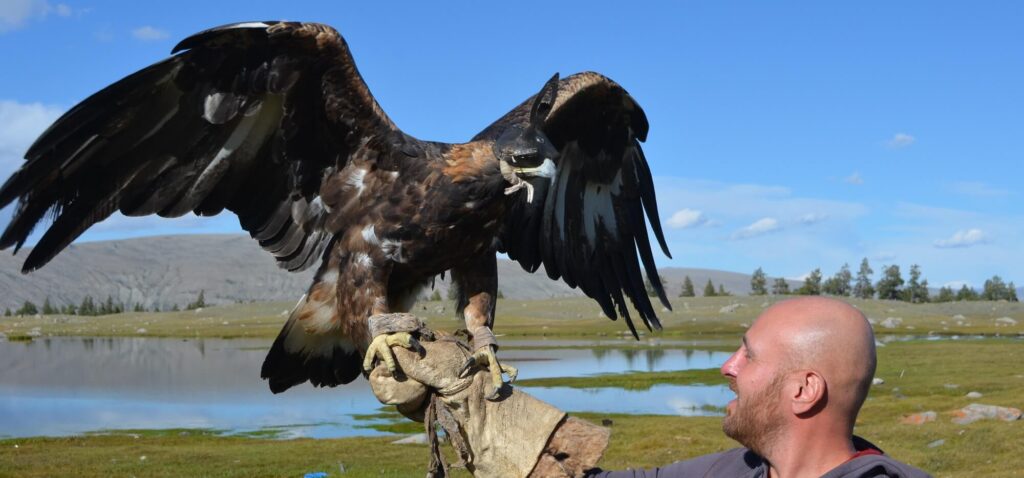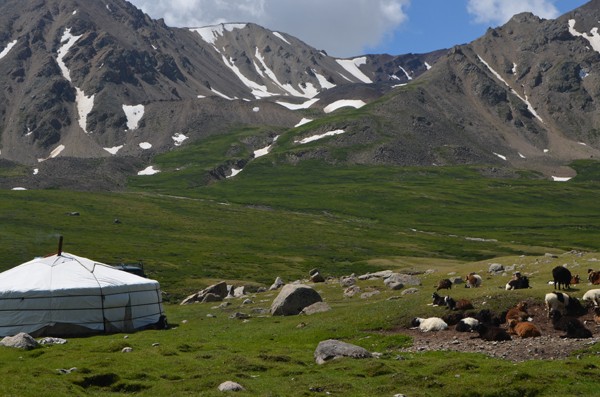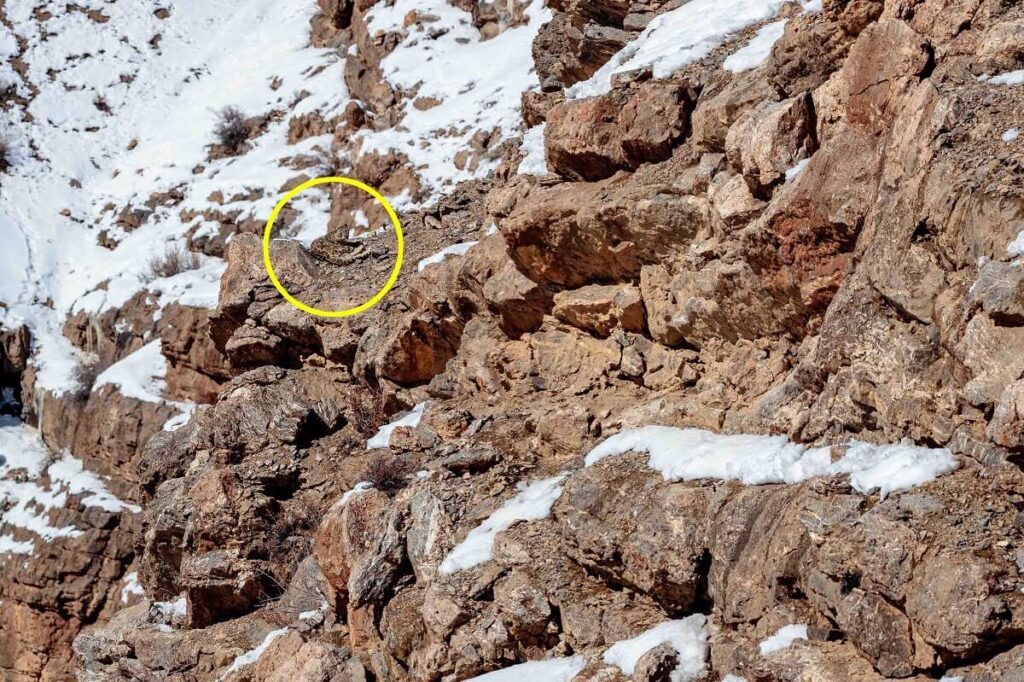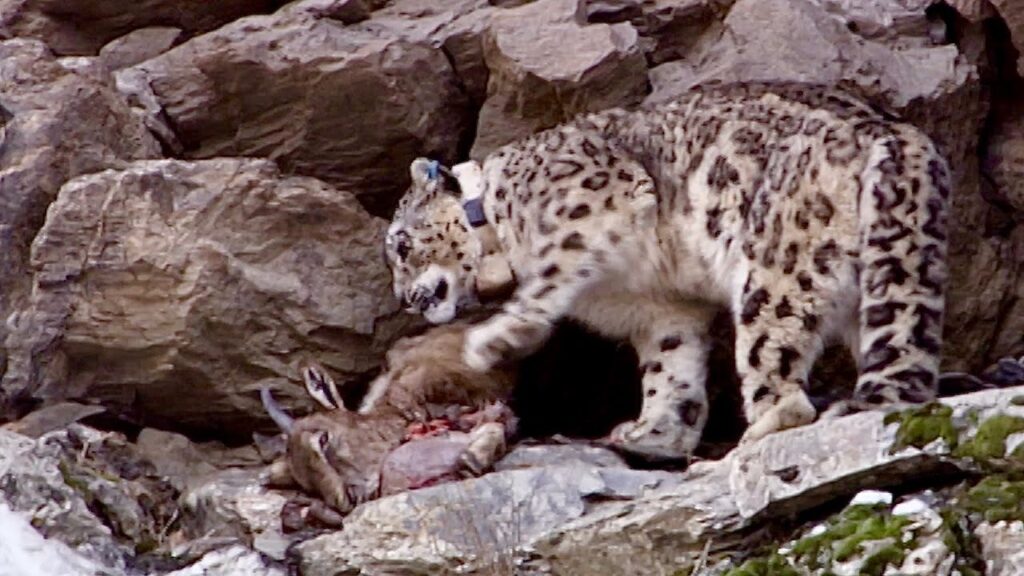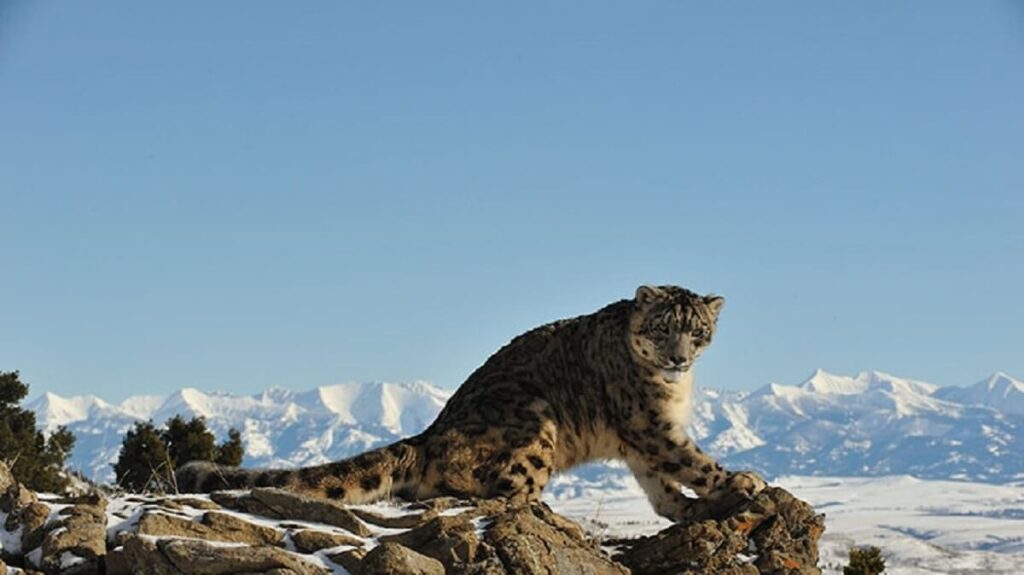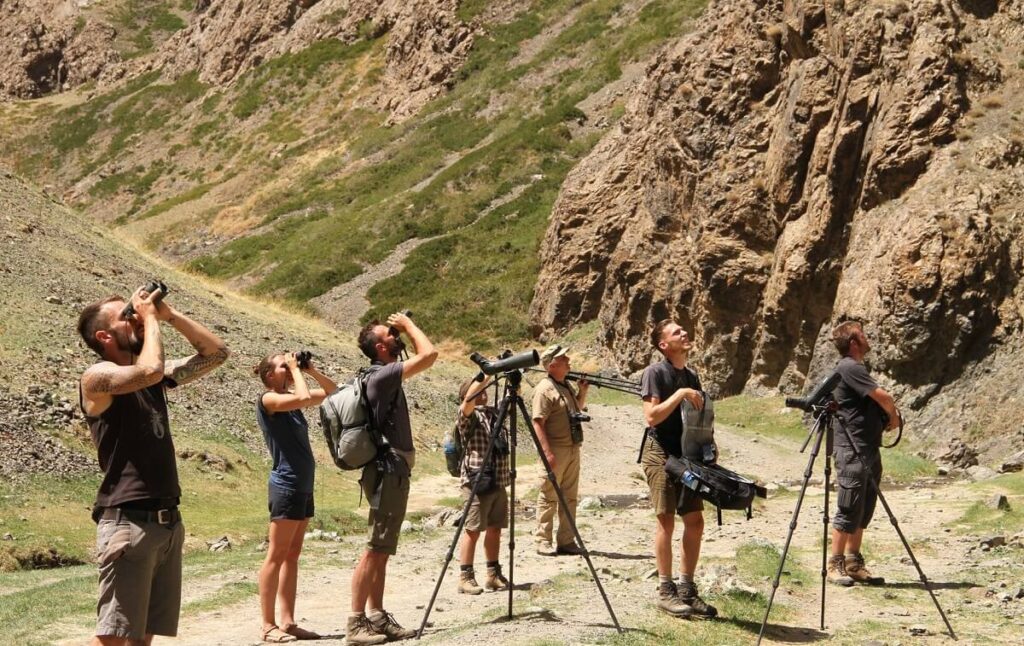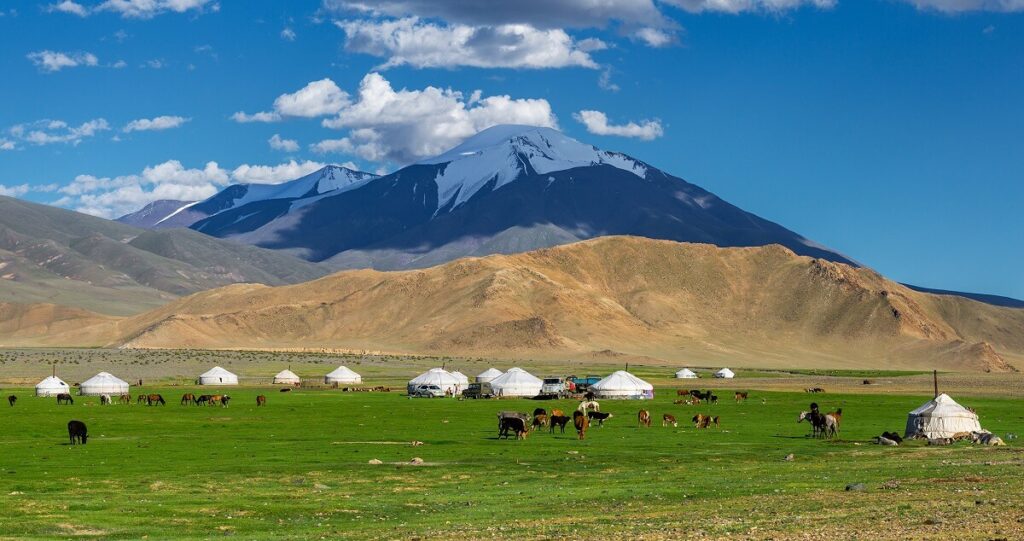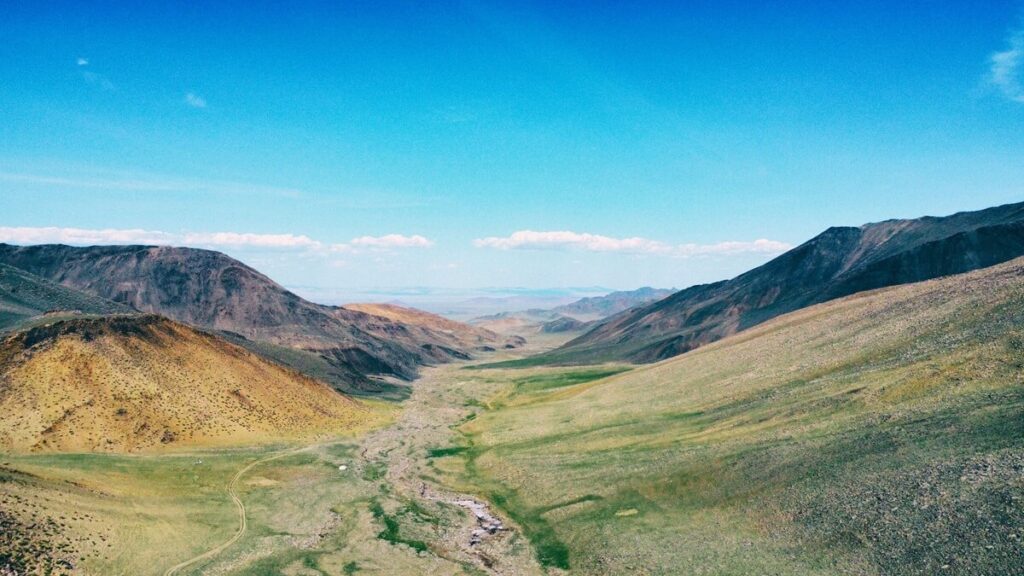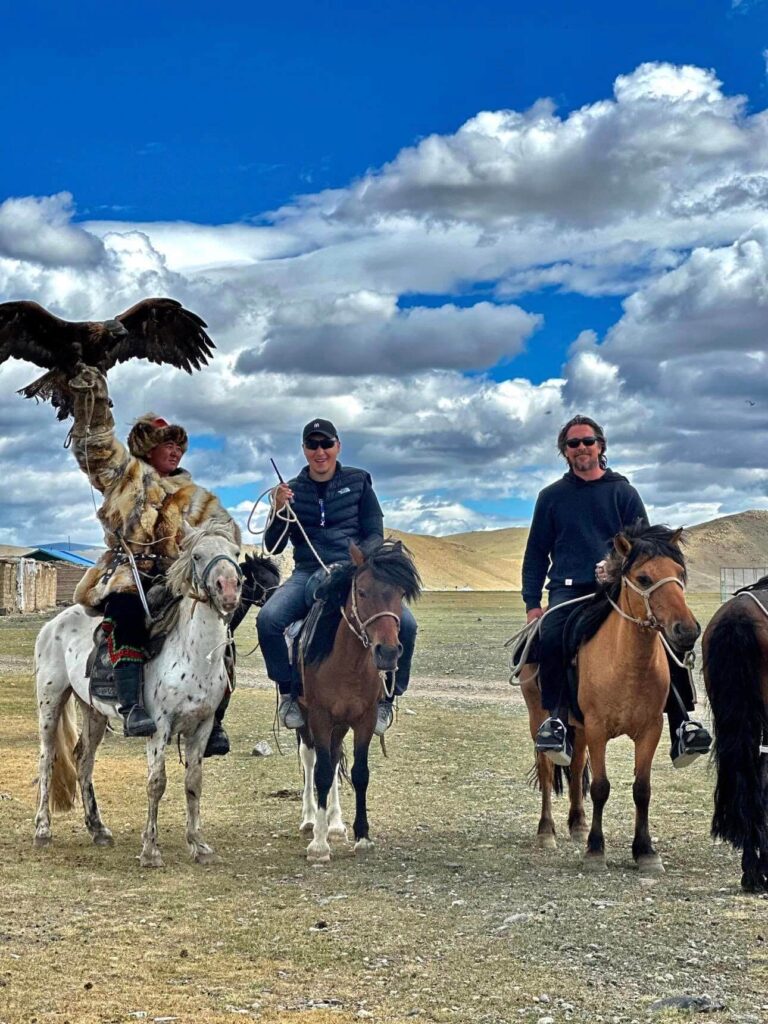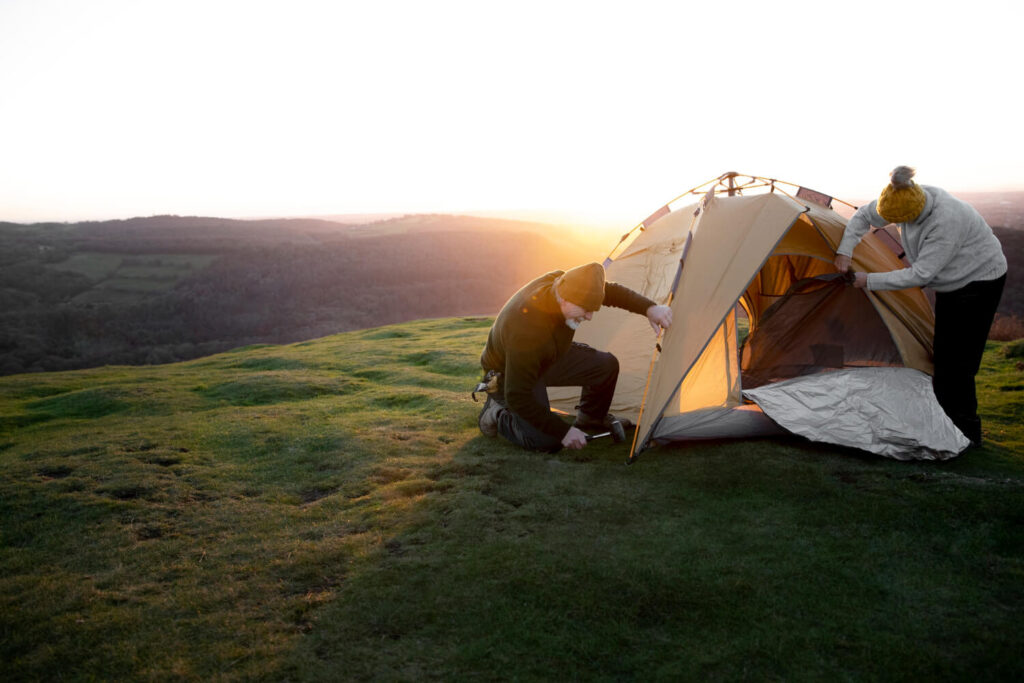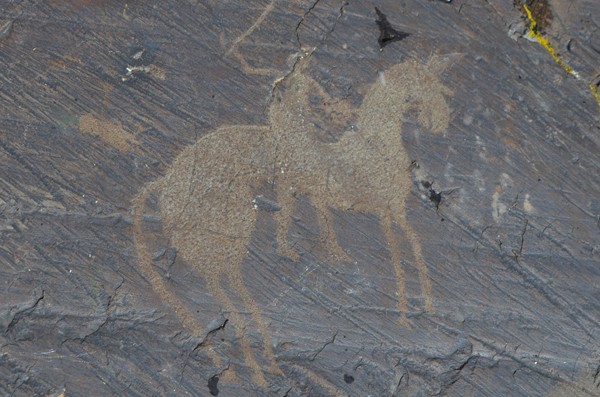Mongolian snow leopard – Did you know that snow leopards are one of the most elusive big cats in the world? With their beautiful fur and graceful movements, they are a sight to behold.
But there is more to these animals than meets the eye. Here are 10 interesting snow leopard facts that you may not know.
- COMMON NAME: Snow leopards
- SCIENTIFIC NAME: Panthera uncia
- TYPE: Mammals
- DIET: Carnivore
- SIZE: Four to five feet with a tail up to 36 inches
- WEIGHT: 60 to 120 pounds
We offer you MONGOLIA SNOW LEOPARD PHOTOGRAPHY TOUR. Mongolia is the world’s 18th biggest country by territory with only three million people living here. Over 1.5 million square kilometers of land is inhabited by the last nomads and unique wild animals like the red fox, grey wolf, and snow leopards. It will be wonderful 🤩🤩
1. SNOW LEOPARDS ARE MORE CLOSELY RELATED TO TIGERS THAN LEOPARDS
Did you know that snow leopards are more closely related to tigers than they are to common leopards? It’s true! The two large cats are members of the Panthera genus, and diverged from one another over two million years ago.
These endangered species cats are nearly impossible to see—they’ve even earned the nickname “ghost of the mountains.”
There could be as few as 4,000 snow leopard in the wild, however the exact number is unknown as they are extremely elusive.
The main threats they face are habitat loss and deterioration, human-wildlife conflict, loss of prey, poaching for the illegal trade, and climate change.
2. THEY ARE NATIVE TO THE MOUNTAINS OF CENTRAL AND SOUTH ASIA
Found in Mongolia and 12 other countries, snow leopard originate in the highlands of Central Asia. The species, on the other hand, is becoming increasingly difficult to find in the wild, and it also doesn’t help that they dwell in inaccessible, jagged highlands that are tough for humans to access.
Your best bet at spotting one is probably in Altai Mountains, Mongolia. Our Discover Altai team with a local “Association of Environmentalism and Tourism (Snow Leopard Conservancy)” offers you a unique snow leopard photography tour, where you have the opportunity to look for the world’s rarest wild cats.
3. SNOW LEOPARDS ARE NOMADIC ANIMALS
Since snow leopard must hunt for their food, the location of their prey is important. Although snow leopards have specific regions that they consider to be their own, they do not always have the same region during their lives.
When a male finds a suitable location, he marks his territory by spraying his scent glands, warning other snow leopards to avoid it. Male territories never overlap , but males will occasionally overlap theirs with a female from the same pack.
4. THEY ARE EXPERT CLIMBERS AND CAN LEAP UP TO 10 METERS (33 FEET) IN A SINGLE BOUND
The snow leopard would do well in most athletic competitions, with the long jump being its best chance. Some snow leopards have been observed to leap 6 times their body length, or 9 meters! These big cat are fast felines and can run at up to 58km/h!
5. THE SNOW LEOPARD HAVE NO PROBLEM THRIVING IN COLDER CLIMATES
Snow leopards are well-suited to their high-altitude habitat’s harsh environment. Snow leopards live at extremely high elevations, so they can survive temperatures as low as -40°C. Furthermore, snow leopards can adapt to warmer weather and may endure temperatures up to 30°C.
Along with a large nasal cavity, snow leopards also have tiny, rounded ears that help preserve body heat. Their big paws with thick fur make it easier to walk on snow, and snow leopard’s tail is both furry and fat-storage–serving as an excellent blanket!
HOWEVER
Global warming may be the snow leopard’s most serious long-term hazard. Habitat loss and poaching have caused 20% of the population to vanish in the last ten years.
Climate change, on the other hand, has the potential to alter the terrain and weather of the snow leopard’s habitat, posing difficulties for its prey. This, of course, affects how much food and how long it can survive.
6. SNOW LEOPARDS CAN MEW, GROWL, AND PUFF … BUT THEY CAN’T ROAR.
Snow leopards have a unique physical structure that sets them apart from other big cats– they cannot roar.
Instead, they make non-aggressive noises such as meowing, purring, growling, and hissing. They also communicate through chuffs– a sound made by air coming forcefully out of the nose.
7. SNOW LEOPARDS ARE SMALLER THAN LEOPARDS.
If you’re wondering how to tell a snow leopard apart from a regular leopard, one key difference is size. An adult snow leopard only reaches about 2 ft in height and 7 ft in length, whereas an adult leopard can grow up to 8.5 ft long and weighs 50-200 lbs.
8. SNOW LEOPARDS ARE NOT AGGRESSIVE TO HUMANS. THEY HAVE NO NATURAL PREDATORS.
In comparison to other members of the big cat family, snow leopards are the least likely to attack humans. Since they are solitary creatures, there have been zero recorded cases of snow leopard attacks on humans throughout history.
For over 3 million years, the snow leopard habitat has claimed the lofty and chilly rocky mountains as its own. These remote regions keep predators such as wolves at bay, putting snow leopards at the top of the food chain.
9. FEMALE SNOW LEOPARDS MATE EVERY TWO YEARS.
Female snow leopards spend an entire year nurturing their cubs; if they mate every two years, this gives them enough time to recover and produce more offspring.
A mother snow leopards typically have 2-3 cubs per litter, and during the early stages of development, these need constant care. Although they grow quickly and learn how to hunt sooner than most animals, young snow leopards usually stay with their mothers for up 24 months.
Although snow leopard cubs mature at a relatively fast rate, they are born vulnerable and without any defense mechanisms.
For example, it takes approximately one week for them to gain the ability to open their eyes after they are born. In addition, snow leopard cubs cannot consume solid foods until they reach two months old. By three months old, however, young snow leopards begin to follow their mother on hunts.
10. THEY ONLY EAT ONCE EVERY WEEK OR TWO
Snow leopards typically hunt alone, every 8-10 days. They eat slowly, savoring their meals over the course of several days if necessary.
The most common animals they will eat are ibex, mountain sheep, argali, horse, camel, blue sheep, goat and young yaks.
However under duress they have also been known to prey on rodents such as rabbits voles and marmots as well as birds if necessary.
Their hunting prowess is unrivaled among big cats; animals three times their size are no match for them.
They are also flexible predators that will switch to whatever food source is most readily accessible.








